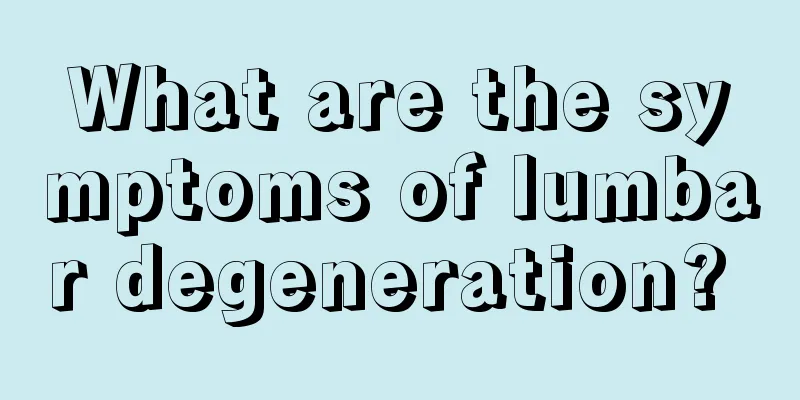Cortical dysplasia

|
The cerebral cortex is a tissue on the surface of our brain. It plays a very important role in our human body, but it also often has problems. Some of them may be congenital diseases that often occur in infants. For example, cerebral cortical dysplasia occurs in infants and should be treated seriously. So what exactly is cerebral cortical dysplasia? The cerebral cortex is the surface layer of the brain, composed of gray matter, which is about 1 to 4 mm thick, and most of the white matter below it. There is a fissure in the middle of the brain (longitudinal fissure), which divides the brain into two hemispheres from front to back, called the cerebral hemispheres. The two hemispheres are connected by the corpus callosum, which allows nerve conduction between the two hemispheres to communicate with each other. Focal cortical dysplasia (FCD), also known as Taylor's focal cortical dysplasia, has been reported more and more frequently in recent years due to the development of stereotactic microsurgery and functional imaging. FCD is a neuronal proliferation disorder. The characteristics are abnormal neurons and glial cells visible in the local cerebral cortex, ranging from the mildest local cortical interruption to severe disappearance of the cortical laminar structure, large and strange cells and astrocyte proliferation. The local cerebral cortex loses the normal 6-layer orderly structure, the neurons are large and poorly developed, the glial cell morphology is atypical, spherical cells can be seen, and there are also normally developed neurons mixed in. Glial cell proliferation can be seen in the subcortical white matter area. The number of excitatory neurons increases and the number of inhibitory neurons decreases in the FCD area, which is the anatomical basis of epilepsy. Histologically, it is divided into two types: spherical cells and non-spherical cells. The latter can be further divided into Taylor type FCD (abnormal cortical stratification, abnormal neuronal morphology and giant neurons), cell abnormality type FCD (abnormal cortical stratification and giant neurons), and structural abnormality type FCD (abnormal cortical stratification). However, Taylor FCD is sometimes used to refer to all types. The clinical manifestations depend on the location and extent of FCD. The most common type is intractable epilepsy. Other manifestations include motor and sensory disorders (affecting the precentral and postcentral gyri). Very small lesions may have no clinical manifestations. People without spherical cells only have epilepsy but no neurological dysfunction. The disease usually develops within the first 10 years of age. Surgery is usually required. |
<<: What does ketone body mean
>>: The physiological significance of ketone body production
Recommend
Diagnostic methods for ovarian cystic tumors
Ovarian cystic tumor is actually a benign tumor, ...
Electric oven baked fish
There are many ways to cook fish, and one of the ...
Is there any relationship between acne on the face and the health of internal organs?
The problem of acne on the face is a very normal ...
Introduction to Pumpkin Vine's smoking cessation method
We all know that smoking is harmful to health, bu...
How to use aloe vera to treat acne?
There are many reasons for facial acne, such as e...
Can small liver cancer be cured? Treatment methods for small liver cancer
With the continuous acceleration of the pace of o...
What are the dangers of ovarian tumors
Ovarian tumors may have serious effects on women&...
Can squatting and standing up help slim down your legs?
Squats, which we often call deep squats, can redu...
How to treat lumbar disc herniation
The lumbar vertebrae are a relatively important p...
Fever and rash
Many mothers will find that their babies often de...
Can push-ups train the center seam of the chest?
Push-ups are a relatively comprehensive form of e...
Can Traditional Chinese Medicine Cure Ovarian Tumors?
Patients with ovarian tumors should not panic too...
What are the Chinese medicines for fighting prostate cancer
Prostate cancer has become a common tumor disease...
What are the main symptoms of prostate cancer? What are the manifestations of prostate cancer metastasis?
Prostate cancer patients may not have obvious sym...
Will staying up late cause anemia? The harm is so great
Under the influence of tremendous pressure, the p...









